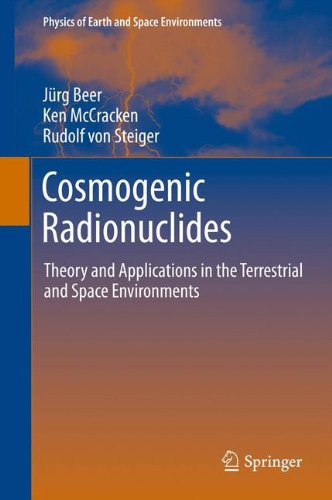

Most ebook files are in PDF format, so you can easily read them using various software such as Foxit Reader or directly on the Google Chrome browser.
Some ebook files are released by publishers in other formats such as .awz, .mobi, .epub, .fb2, etc. You may need to install specific software to read these formats on mobile/PC, such as Calibre.
Please read the tutorial at this link: https://ebookbell.com/faq
We offer FREE conversion to the popular formats you request; however, this may take some time. Therefore, right after payment, please email us, and we will try to provide the service as quickly as possible.
For some exceptional file formats or broken links (if any), please refrain from opening any disputes. Instead, email us first, and we will try to assist within a maximum of 6 hours.
EbookBell Team

4.3
18 reviewsCosmogenic radionuclides are radioactive isotopes which are produced by natural processes and distributed within the Earth system. With a holistic view of the environment the authors show in this book how cosmogenic radionuclides can be used to trace and to reconstruct the history of a large variety of processes. They discuss the way in which cosmogenic radionuclides can assist in the quantification of complex processes in the present-day environment. The book aims to demonstrate to the reader the strength of analytic tools based on cosmogenic radionuclides, their contribution to almost any field of modern science, and how these tools may assist in the solution of many present and future problems that we face here on Earth. The book provides a comprehensive discussion of the basic principles behind the applications of cosmogenic (and other) radionuclides as environmental tracers and dating tools. The second section of the book discusses in some detail the production of radionuclides by cosmic radiation, their transport and distribution in the atmosphere and the hydrosphere, their storage in natural archives, and how they are measured. The third section of the book presents a number of examples selected to illustrate typical tracer and dating applications in a number of different spheres (atmosphere, hydrosphere, geosphere, biosphere, solar physics and astronomy). At the same time the authors have outlined the limitations of the use of cosmogenic radionuclides. Written on a level understandable by graduate students without specialist skills in physics or mathematics, the book addresses a wide audience, ranging from archaeology, biophysics, and geophysics, to atmospheric physics, hydrology, astrophysics and space science.